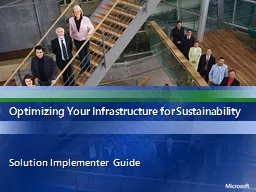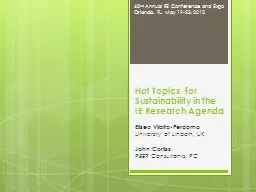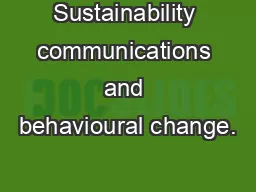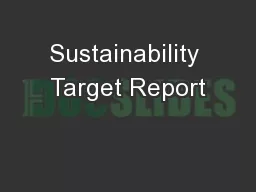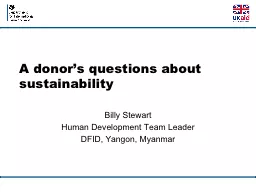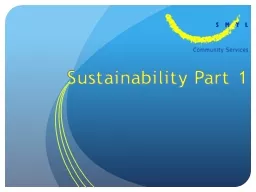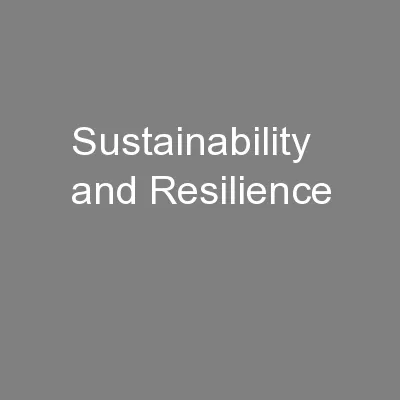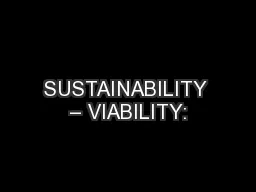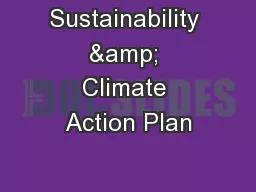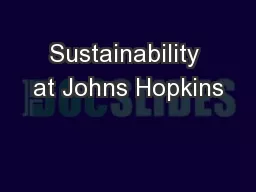PPT-Optimizing Your Infrastructure for Sustainability
Author : olivia-moreira | Published Date : 2016-05-10
Solution Implementer Guide Agenda Recap Discussions to Date Next Steps Solution Guidance Phase 1 Phase 2 Phase 3 Customize the Capability Requirements Engagement
Presentation Embed Code
Download Presentation
Download Presentation The PPT/PDF document "Optimizing Your Infrastructure for Susta..." is the property of its rightful owner. Permission is granted to download and print the materials on this website for personal, non-commercial use only, and to display it on your personal computer provided you do not modify the materials and that you retain all copyright notices contained in the materials. By downloading content from our website, you accept the terms of this agreement.
Optimizing Your Infrastructure for Sustainability: Transcript
Download Rules Of Document
"Optimizing Your Infrastructure for Sustainability"The content belongs to its owner. You may download and print it for personal use, without modification, and keep all copyright notices. By downloading, you agree to these terms.
Related Documents

